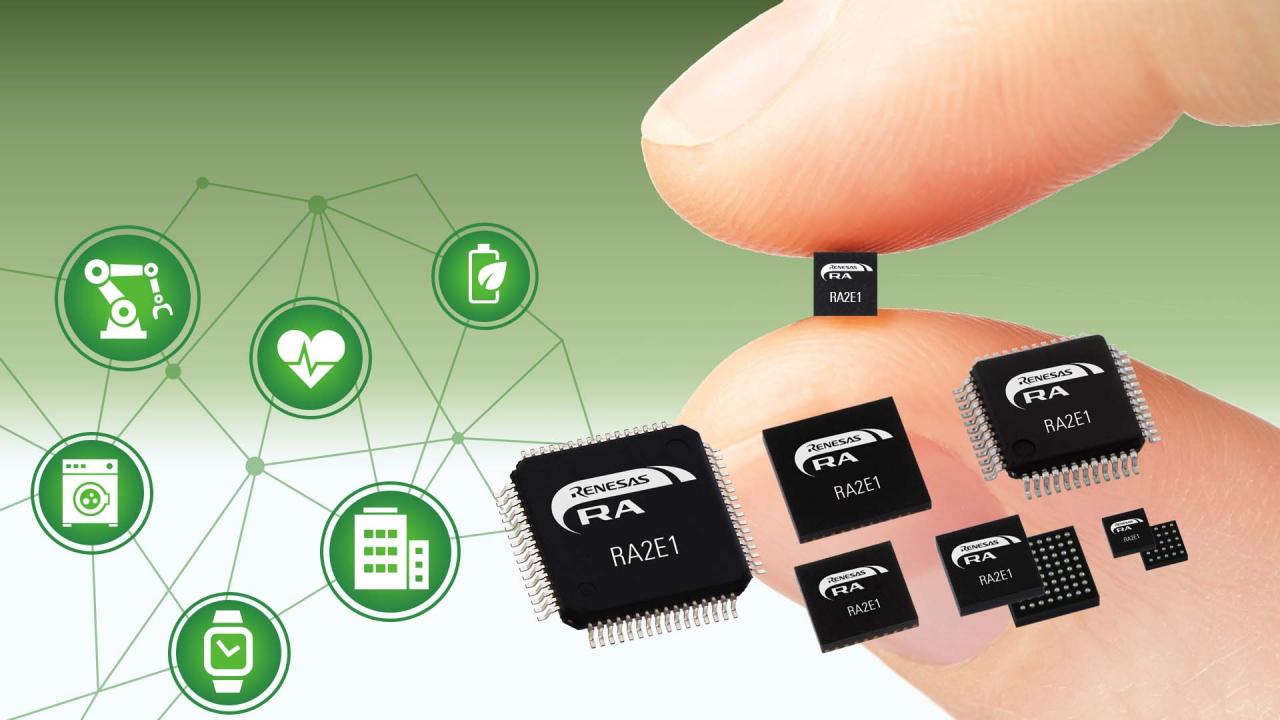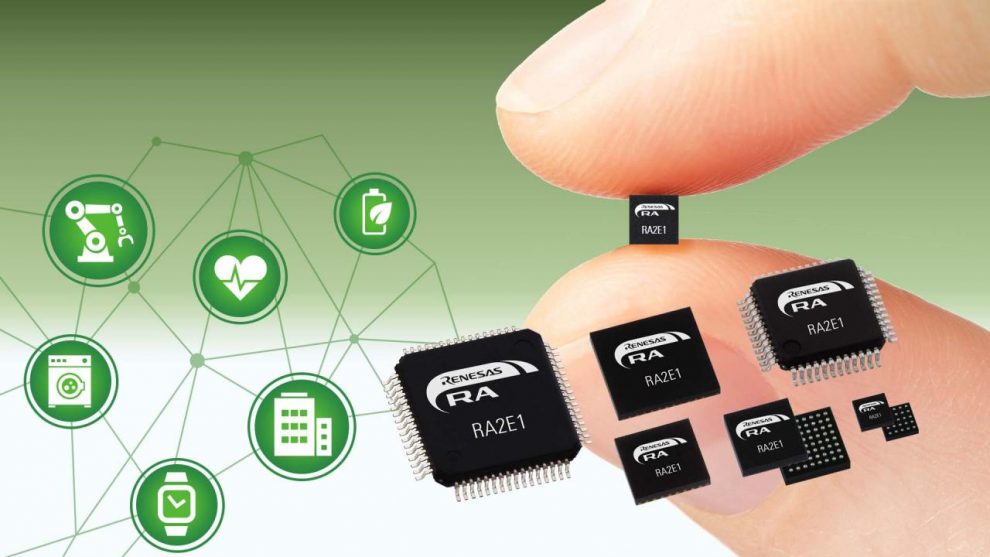
Introduction
Microcontrollers have become the backbone of modern electronic systems, powering a wide range of devices, from smartphones and wearables to industrial automation and IoT devices. As the demand for specialized functionality and improved performance increases, optimizing microcontrollers for specific applications has become crucial. In this article, we will explore the importance of optimizing microcontrollers, supported by existing technologies and real-world examples, with a focus on the offerings of the website www.utmel.com.
I. Understanding Application-Specific Requirements
1.1 Tailoring Microcontrollers to Specific Applications
Different applications have unique requirements in terms of processing power, memory, connectivity, and power consumption. By optimizing microcontrollers for specific applications, designers can achieve better performance, energy efficiency, and overall system cost-effectiveness.
1.2 Analyzing Application Constraints
Understanding the constraints of the target application is crucial for optimizing microcontrollers. Factors such as size, weight, power consumption, real-time responsiveness, and security considerations must be carefully evaluated to determine the most suitable microcontroller architecture and features.
1.3 Real-World Example: Industrial Automation
In the field of industrial automation, optimizing microcontrollers for specific applications is essential. Industrial environments demand robust and reliable systems capable of handling real-time control tasks, communication protocols, and interfacing with various sensors and actuators. The microcontrollers offered by www.utmel.com, such as the STM32 series from STMicroelectronics, provide industrial-grade features and performance to meet the specific requirements of industrial automation applications.
II. Customizing Microcontrollers for Performance
2.1 Performance Optimization Considerations
Microcontrollers often need to perform complex tasks within tight time constraints. Customizing microcontrollers for performance involves optimizing the execution speed, memory access, and peripheral interfaces to meet the specific demands of the application.
2.2 Advanced Core Architectures
Microcontrollers with advanced core architectures, such as ARM Cortex-M series, offer superior performance and power efficiency. These cores provide features like pipelining, branch prediction, and efficient memory access, enabling faster execution of instructions and efficient handling of complex algorithms.
2.3 Real-World Example: IoT Applications
In the rapidly growing Internet of Things (IoT) domain, optimizing microcontrollers for performance is crucial. The www.utmel.com website offers microcontrollers suitable for IoT applications, such as the ESP32 series from Espressif Systems. These microcontrollers are equipped with dual-core processors, high-speed Wi-Fi connectivity, and efficient power management, enabling optimized performance for IoT devices.
III. Power Optimization Techniques
3.1 Power Efficiency in Microcontrollers
With the increasing demand for battery-powered and energy-efficient devices, power optimization in microcontrollers is of utmost importance. Low-power design techniques are employed to minimize power consumption and extend battery life without compromising performance.
3.2 Sleep Modes and Power Management
Microcontrollers often feature sleep modes and power management functionalities to reduce power consumption during idle periods. These modes allow the microcontroller to operate at lower clock frequencies or enter low-power states when not actively processing data or performing tasks.
3.3 Real-World Example: Battery-Powered Devices
Battery-powered devices, such as wearable technology and portable medical devices, rely on optimized power consumption. The microcontrollers available on www.utmel.com, such as the MSP430 series from Texas Instruments, offer low-power operation modes, enabling longer battery life and extended usage time for these applications.
Conclusion
Optimizing microcontrollers for specific applications is crucial to meet the unique requirements of each domain, whether it’s industrial automation, IoT, or battery-powered devices. By understanding the application-specific constraints, designers can select the most suitable microcontrollers and leverage their performance, power efficiency, and customization options. The microcontrollers available on the website www.utmel.com provide a wide range of options for optimizing microcontrollers in various application domains, with offerings from industry-leading manufacturers such as STMicroelectronics, Espressif Systems, and Texas Instruments. As technology advances, the optimization of microcontrollers will continue to play a vital role in shaping the future of electronic systems, enabling innovative and efficient solutions across diverse industries.

















